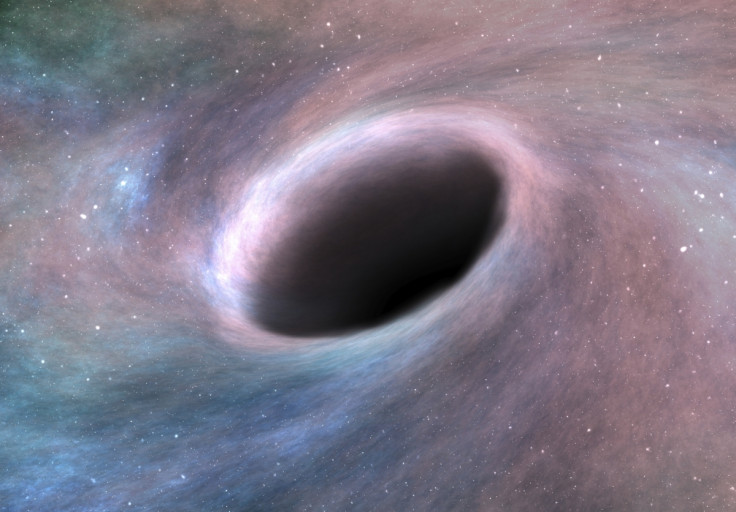Event Horizon Telescope: Peering into the black hole at the centre of the Milky Way
Global network of telescopes will be used to try to take a picture of a supermassive black hole.
For the first time ever, scientists are trying to look into a black hole and take an image of its event horizon. Should they be successful, researchers say the initiative could eventually open up a whole new understanding of physics.
Black holes are some of the least understood objects in the universe. Often formed by massive stars collapsing in on themselves, they are regions of space where gravitational forces are so intense not even light can escape.
For scientists they pose a huge problem. At the centre of black holes there is a singularity. This is a one-dimensional point where gravity and density become infinite and the laws of physics completely break down. Another issue is the disconnect between quantum mechanics and Einstein's general theory of relativity – at present, the two cannot be unified, so we must be missing something.
The Event Horizon Telescope will hopefully help shed light on this. Astronomers have linked telescopes around the globe using ALMA (Atacama Large Millimeter/submillimeter Array) in Chile, and are focusing them on the supermassive black hole that sits at the centre of the Milky Way – Sagittarius A*.
Gopal Narayanan, from the University of Massachusetts Amherst, is one of the principal investigators on the project. He said black holes are essentially laboratories for studying extreme physics. "These are the observations that will help us to sort through all the wild theories about black holes. And there are many wild theories," he explained. "With data from this project, we will understand things about black holes that we have never understood before."
By developing this global network of telescopes – which will monitor the black hole between 5 and 14 April – scientists will be able to take huge amounts of data about the black hole and compile it into one large instrument. This allows researchers to take detailed images of distant objects that previously would only have appeared to be points of light. To put it into context, scientists equate it as being able to count stitches on a baseball from 8,000 miles away.

So the team will be able to see the edges of the black hole – or the event horizon. By doing this, they will be able to see at which points physics breaks down. Einstein's theory says there will be a shadowy ring around a black hole. If there is, then researchers will be able to test different predictions about black holes, including their mass and spin.
Narayanan said: "At the very heart of Einstein's general theory of relativity there is a notion that quantum mechanics and general relativity can be melded, that there is a grand, unified theory of fundamental concepts. The place to study that is at the event horizon of a black hole."
Scientists are not expecting to get results until next year at the earliest. David Hughes, director of the Large Millimeter Telescope, which is being used in the project, said: "All we can do now is point our telescope towards these super-massive black holes and wait to see if the Event Horizon Telescope has detected for the first time the most convincing physical manifestation of a singularity in space, the black-hole shadow and its event horizon."
France Córdova, director of the National Science Foundation (NSF), added: "This week heralds an exciting and challenging endeavour for astronomy. The Event Horizon Telescope will seek to capture a first-ever 'image' of the supermassive black hole at the centre of the Milky Way, our home galaxy. Radio telescopes from around the world, anchored by the ALMA observatory in Chile, will work in concert to test some of physics' most fundamental theories. Success will depend on both a vast network of observations and analysis of voluminous data. NSF has funded this ambitious project for the past decade, including providing major funding for ALMA. We are proud to support such a visionary goal."
© Copyright IBTimes 2024. All rights reserved.






